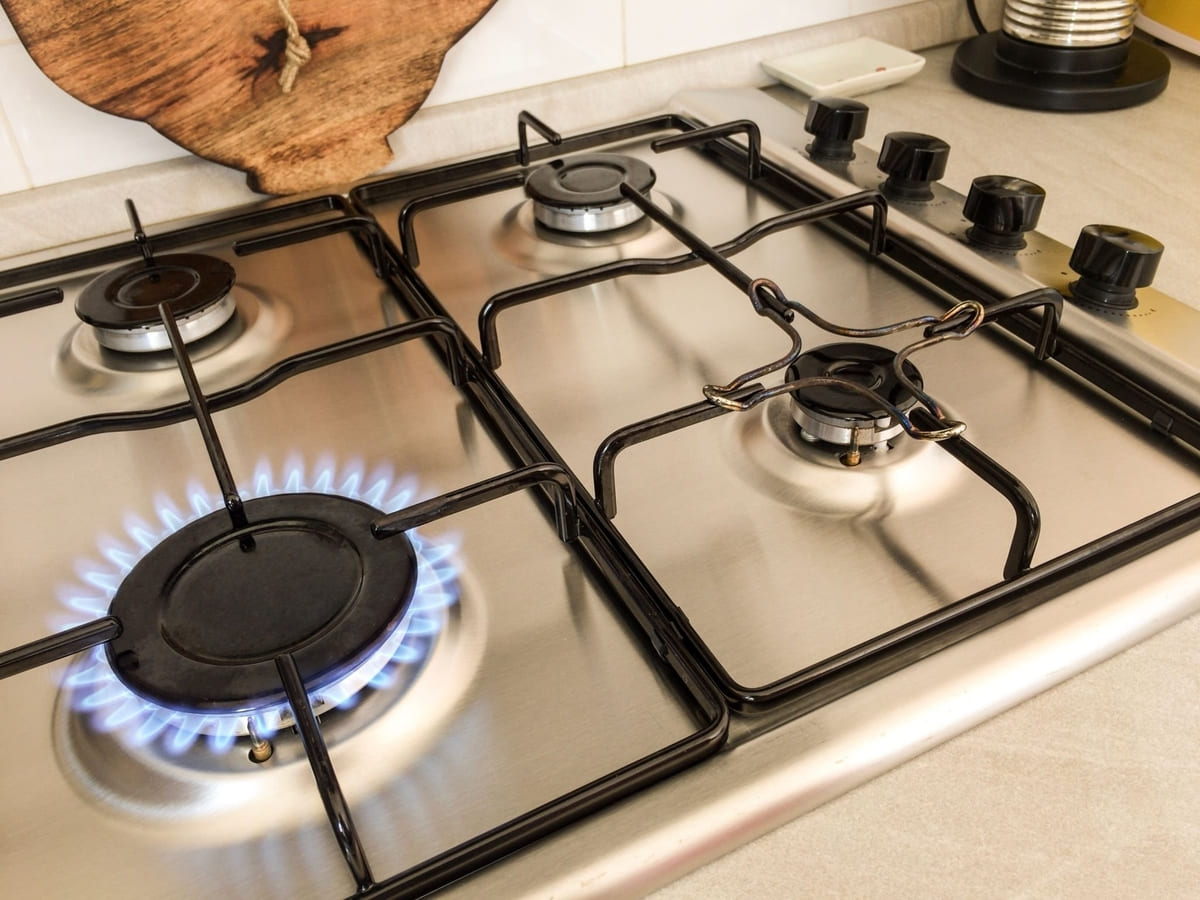Gas stoves have been an essential part of households for decades, but recent studies suggest that they may be posing a significant health risk. According to a new study, gas stoves are poisoning people in more ways than previously known. This has raised concerns about the safety of gas stoves and whether the gas industry has been downplaying the dangers.
The study has found that gas stoves emit nitrogen dioxide, methane, and carbon monoxide, which can cause respiratory problems, headaches, and even death. The emissions from gas stoves are also linked to asthma, allergies, and other health issues. The study has sparked a debate about the safety of gas stoves and whether they should be banned. Some experts argue that the gas industry should be held accountable for the health risks associated with gas stoves.
Health Risks of Gas Stoves
Gas stoves have been a popular choice for cooking for decades. However, recent studies have shown that gas stoves can pose health risks to people who use them regularly. This section will discuss the health risks of gas stoves, including carbon monoxide poisoning, nitrogen dioxide exposure, and particulate matter inhalation.
Carbon Monoxide Poisoning
Carbon monoxide (CO) is a colorless, odorless gas that is produced when natural gas is burned. CO poisoning can occur when gas stoves are not properly ventilated, leading to the buildup of CO in the air. Symptoms of CO poisoning include headache, dizziness, nausea, and confusion. In severe cases, CO poisoning can lead to unconsciousness and death.
To reduce the risk of CO poisoning, it is important to ensure that gas stoves are properly installed and ventilated. It is also recommended to install a CO detector in the kitchen and other areas of the home where gas appliances are used.
Nitrogen Dioxide Exposure
Nitrogen dioxide (NO2) is a gas that is produced when natural gas is burned. Exposure to NO2 can cause respiratory problems, including coughing, wheezing, and shortness of breath. Long-term exposure to NO2 can increase the risk of respiratory infections and asthma.
To reduce the risk of NO2 exposure, it is important to ensure that gas stoves are properly ventilated. It is also recommended to use a range hood that vents to the outside to remove pollutants from the air.
Particulate Matter Inhalation
Particulate matter (PM) is a mixture of tiny particles that can be inhaled into the lungs. PM can come from a variety of sources, including gas stoves. Exposure to PM can cause respiratory problems, including coughing, wheezing, and shortness of breath. Long-term exposure to PM can increase the risk of respiratory infections and lung cancer.
To reduce the risk of PM inhalation, it is important to ensure that gas stoves are properly ventilated. It is also recommended to use a range hood that vents to the outside to remove pollutants from the air.
Environmental Impact of Gas Stoves
Gas stoves have become a common household appliance in many parts of the world. However, there is growing concern over their environmental impact. This section will explore the different ways in which gas stoves affect the environment.
Greenhouse Gas Emissions
A study from Stanford University suggests that the pollutants from natural-gas-burning stoves are an underestimated source of greenhouse gas emissions. The methane leaking from domestic cooking in the US has the equivalent climate impact of 500,000 cars, researchers say. Methane is a potent greenhouse gas, with a global warming potential that is 28 times higher than carbon dioxide over a 100-year timescale.
Air Pollution
Gas stoves emit a range of pollutants that can impact air quality. The most common pollutants from gas stoves are nitrogen dioxide (NO2), carbon monoxide, and formaldehyde. Nitrogen dioxide is of particular concern as it can cause respiratory problems, especially in children and the elderly. A new study finds that the climate and health impacts of natural gas stoves are greater than previously thought.
Resource Depletion
Gas stoves rely on natural gas, which is a non-renewable resource. The extraction and transportation of natural gas can have negative environmental impacts, such as habitat destruction and water pollution. Moreover, the use of natural gas contributes to the depletion of fossil fuel reserves.
Alternatives to Gas Stoves
When considering alternatives to gas stoves, there are several options available. Electric stoves, induction cooktops, and renewable energy sources are all viable alternatives to gas stoves.
Electric Stoves
Electric stoves come in two main types: standard and induction. Standard electric stoves run electricity through a wire to generate thermal heat. They are relatively inexpensive and easy to install, but they can be less efficient than gas stoves. They also tend to take longer to heat up and cool down.
Induction stoves, on the other hand, use magnetic fields to heat up the cookware directly. This makes them much more efficient than standard electric stoves, as they heat up much faster and use less energy. They are also safer, as they don’t produce an open flame or hot surface. However, they do require specific types of cookware to work properly.
Induction Cooktops
Induction cooktops are becoming increasingly popular as an alternative to gas stoves. They are quick and efficient, and they heat up much faster than gas stoves. They are also safer, as they don’t produce an open flame or hot surface. Induction cooktops are easy to clean, as long as you have the right type of cookware.
Compared to gas stoves, induction cooktops are more expensive to purchase and install. They also require specific types of cookware to work properly, which can be an additional expense. However, they are a good option for those who want a safer and more efficient alternative to gas stoves.
Renewable Energy Sources
Renewable energy sources, such as solar and wind power, can also be used to power electric stoves and induction cooktops. This is a good option for those who want to reduce their carbon footprint and use clean energy to cook their food.
However, using renewable energy sources to power your stove can be expensive and may require additional equipment and installation. It is also important to consider the availability of renewable energy sources in your area before making the switch.
Conclusion
Gas stoves have been a common household appliance for decades, but recent studies have raised concerns about their potential health risks. While burning gas creates heat, it also produces nitrogen dioxide and other pollutants that can irritate the lungs and contribute to respiratory problems.
Despite the potential dangers, there is not yet enough evidence to definitively conclude that gas stoves are the new cigarettes. More research is needed to fully understand the health risks associated with gas stoves and to develop effective solutions for reducing exposure to harmful pollutants.
In the meantime, there are steps that individuals can take to minimize their exposure to gas stove emissions. These include:
- Ventilating the kitchen while cooking
- Using an exhaust fan or opening a window to allow fresh air to circulate
- Switching to an electric stove or induction cooktop
- Keeping gas stoves well-maintained and properly adjusted to minimize emissions
Ultimately, the decision to use a gas stove or switch to an alternative cooking method is a personal one that should be based on individual needs and preferences. While there are potential health risks associated with gas stoves, there are also benefits to using them, such as their affordability and convenience.
As more research is conducted on the health risks of gas stoves, it is important for individuals to stay informed and make informed decisions about their use. By taking steps to reduce exposure to harmful pollutants, individuals can help protect their health and the health of their families.



